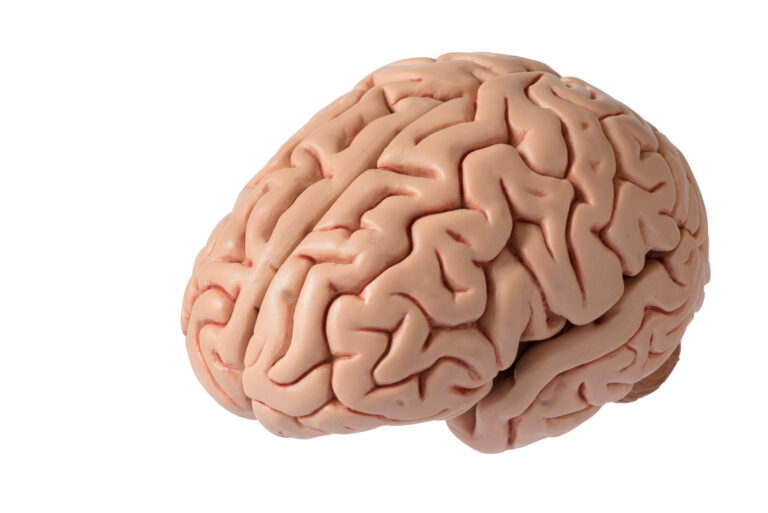Lewy Body Dementia (LBD) is a progressive neurodegenerative disease that affects over 1.4 million people in the United States alone. It is the second most common form of dementia after Alzheimer’s disease, yet it is often misdiagnosed or underdiagnosed due to its lesser known nature. LBD is caused by the accumulation of abnormal proteins called alpha-synuclein in the brain, leading to the death of neurons and subsequent cognitive decline. Currently, there is no cure for LBD and treatment options are limited, but recent research has discovered a novel drug target that could potentially revolutionize the management of this debilitating disease.
The Study:
A team of researchers from the University of Cambridge and the University of Edinburgh collaborated on a study to identify a potential drug target for LBD. The study, published in the journal Nature Communications, focused on understanding the role of a protein called Miro1 in LBD. Miro1 is involved in maintaining the health and function of mitochondria, which are crucial for providing energy to cells. Previous studies have shown that malfunctioning mitochondria play a significant role in neurodegenerative diseases, including LBD.
The Findings:
The research team found that in individuals with LBD, Miro1 levels were significantly reduced in regions of the brain affected by the disease. They also discovered that this decrease in Miro1 was due to an increase in another protein called parkin, which is known to degrade proteins. This increase in parkin leads to the degradation of Miro1, resulting in dysfunctional mitochondria and ultimately contributing to the progression of LBD.
The researchers then used a drug that inhibits parkin activity, called UBLCP1, on cell cultures derived from LBD patients. They found that this drug was able to prevent the degradation of Miro1 and improve mitochondrial function in the cells. Furthermore, when they tested the drug in animal models of LBD, they found significant improvements in cognitive function and reduced alpha-synuclein levels in the brain.
Implications and Future Directions:
These findings have significant implications for the treatment of LBD. Currently, there are no specific treatments for LBD, and current therapies are primarily targeted towards managing the symptoms. The identification of Miro1 as a potential drug target opens up new possibilities for developing targeted therapies that could slow down or even halt the progression of LBD.
The lead author of the study, Dr. Heather Mortiboys, stated, “We are excited by our findings, which suggest that we may be able to intervene early in the disease process and prevent or delay the development of dementia in LBD patients.” This research also highlights the importance of understanding the role of mitochondria in neurodegenerative diseases and how targeting these pathways can lead to potential treatments.
Future directions for this research include conducting clinical trials to test the effectiveness of UBLCP1 in individuals with LBD. The researchers also plan to investigate other potential drug targets related to Miro1, which could provide additional treatment options for LBD.
Conclusion:
In conclusion, the recent discovery of a novel drug target for LBD is a significant breakthrough in the field of neurodegenerative diseases. This study not only sheds light on the underlying mechanisms of LBD but also provides a potential treatment avenue that could greatly improve the lives of those affected by this devastating disease. While more research is needed, this discovery offers hope for individuals with LBD and their families who are facing the challenges of this progressive disorder.





